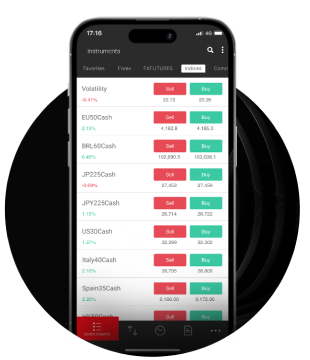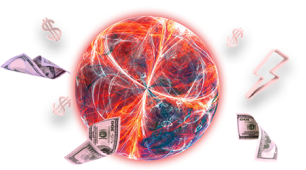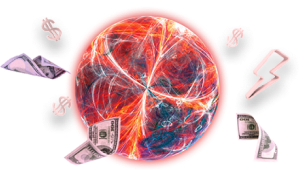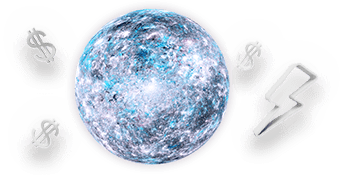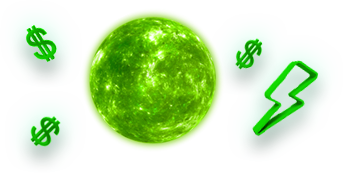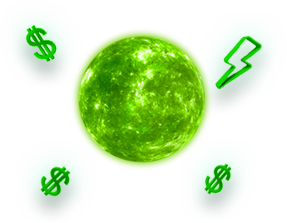Financial instruments are assets that can be exchanged or traded. These include stock shares, ETFs (exchange-traded funds) bonds, mutual funds, loans, and derivatives contracts.
Financial instruments divide into two types: cash and derivatives. They further categorize by asset class, depending on whether they are equity-based or debt-based.
What is an instrument?
An instrument is a tool used to transfer something of value. In the finance industry, an instrument refers to a tradable asset, like a security, commodity, derivative, or index, or any item that underlies a derivative.
Policymakers can also refer to an instrument as an economic variable that they can control or modify to implement a change in other 経済指標. It can also refer to legal documents such as a contract, will, or deed.
Financial instruments
Financial instruments are contracts for monetary assets that people can buy, trade, create, modify, or settle. Between the involved parties, there is a contractual obligation during a transaction of financial instruments.
Understanding instruments
International Accounting Standards (IAS) defines financial instruments as “any contract that gives rise to a financial asset of one entity and a financial liability or equity instrument of another entity.”
Basically, a financial instrument is any asset that an investor purchases. Investors can buy and sell antique furniture, wheat, and corporate bonds as valuable assets, so they consider them investing instruments. Instruments can be debt or equity, representing a share of ownership or liability. Basically, an instrument is a kind of contract that acts as a medium for an exchange of some value between parties.
取引商品 have a direct impact on the values of cash instruments. These can be easily transferable securities. The value of derivative instruments comes from an underlying asset, interest rate, or index.
Economic instruments

To achieve and maintain levels of inflation or unemployment rates, policymakers and central banks often adjust economic instruments, like interest rates. Economic instruments can also include assets like performance bonds or pollution taxes, all of which intend to implement a desired policy change.
For example, policymakers might introduce an economic instrument, such as a tax, to reflect some form of cost. This cost may not be monetary but is incurred in the production of goods or services.
Accessing and using natural resources can have wider environmental implications and result in the depletion of a resource. Policymakers might implement fees on the production of such resources to account for the impact of exploiting them.
Types of financial instruments
Cash instruments
Cash instruments have values that are directly influenced by market conditions. There are 2 types of cash instruments: securities and deposits, and loans.
Securities
Are financial instruments that are traded on the stock market and have monetary value. A security represents ownership in a publicly traded company on the stock exchange that investors can buy or sell.
Deposits and loans
Investors regard those as cash instruments because they represent financial assets with a contractual agreement between parties.
Derivative instruments
The value of derivative instruments is based on the underlying instruments, such as assets, interest rates, or indices.
Common derivative instruments include futures, forwards, options, over the counter (OTC) derivatives, and swaps.
先物
Investors consider those cash instruments because they represent financial assets with a contractual agreement between parties.The parties involved must fulfil a commitment to buy or sell the 先物取引.
Forwards
Forward contracts, or forwards, are like futures. However, they do not trade on exchange, but trade only over the counter.
As forward contracts are OTC products, they have a greater counterparty risk. Counterparty risks are a kind of credit risk where the involved parties may not fulfil the obligations outlined in the contract.
Options
Similar to a futures contract, an options contract is an agreement between two parties to buy or sell an asset at a specific price on a predetermined date. The main difference between options and futures is that the call option provides the right, but not the obligation, to buy or sell. Like futures, options may be used to hedge against or speculate on the price of the underlying asset.
Over-the-counter derivatives
There are also over-the-counter (OTC) derivatives and exchange traded derivatives. OTC is a market used to price and trade securities that are not listed on formal exchanges.
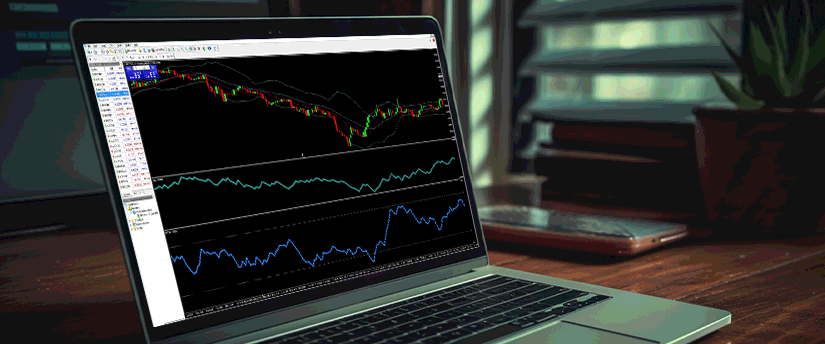
スワップ
Another common type of derivative is a swap, which is often used to exchange one type of cash flow for another. An interest rate swap, for instance, allows one to move from a variable interest loan to a fixed interest rate loan, or vice versa.
Asset classes of financial instruments
Besides the categories listed above, you can divide financial instruments according to an asset class.
Debt-based financial instruments
Debt-based instruments are loans that an investor makes to the issuer in exchange for interest payments.
Short-term debt-based instruments last for a year or less. These securities are available as Treasury bills and commercial paper. As bank deposits and certificates of deposit pay interest to depositors, they are considered as debt-based instruments.
Traders use exchange-traded derivatives for short-term, debt-based financial instruments like short-dated interest rate futures.
Long-term debt instruments
Financial instruments based on long-term debt last over a year. The most common forms are bonds or mortgage-backed securities (MBS). Traders buy and sell exchange-traded derivatives as fixed-income futures and options on these instruments.
Interest-rate swaps, interest rate caps and floors, and long-dated interest rate options are examples of OTC derivatives on long-term debts.
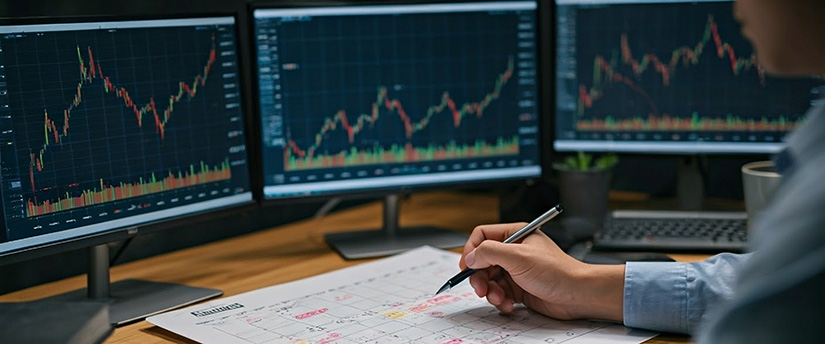
Equity-based financial instruments
Equity-based instruments represent ownership of an asset. Investors use stocks, ETFs, and mutual funds as equity-based instruments invested in stocks.
This category of exchange-traded derivatives includes stock options and equity futures.
Foreign exchange instruments
Contracts for difference (CFDs) and derivatives like forwards, futures, and options on currency pairs are examples of foreign exchange instruments.
Another common form of forex instruments are currency swaps.
In addition, spot transactions allow forex traders to convert one currency into another.
Are commodities financial instruments?
Although traders buy and sell them on global markets, commodities like precious metals, energy products, raw materials, and agricultural products usually do not fit the definition of a financial instrument.
Commodities derivatives are financial instruments, though. These include futures, forwards, and options contracts that have a commodity as the underlying asset.
Summary
Essentially, a financial instrument is a real or virtual monetary contract that grants a right or claim against a counterparty in the form of a payment, equity ownership or dividends (stocks), debt (bonds, loans, deposit accounts), currency (forex), or derivatives (futures, forwards, options, and swaps). Financial instruments can be categorized by asset class and type, including cash-based, securities, or derivatives. They can be traded either over-the-counter or on listed marketplaces.
免責事項: This information is not considered investment advice or an investment recommendation, but instead a marketing communication. IronFX is not responsible for any data or information provided by third parties referenced, or hyperlinked, in this communication.
